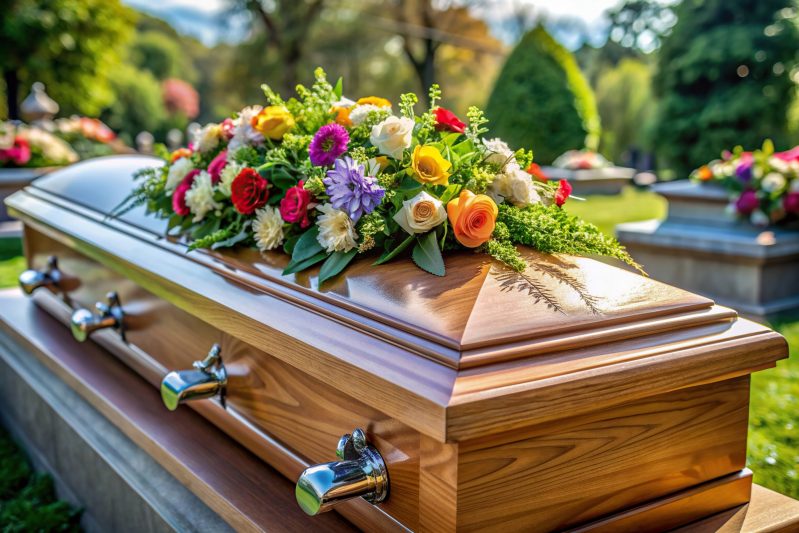
This article is available as a free downloadable PDF. See other how-to guides on LDS365.
This article explains how to plan and hold a funeral for a member of The Church of Jesus Christ of Latter-day Saints.
When a member of the Church dies, family members should immediately contact the bishop or the Relief Society or elders quorum president. They will offer comfort and guide you through the process of planning the funeral.
The Church’s General Handbook, 29.5.1 offers the following general principles:
- Death is an essential part of Heavenly Father’s plan of salvation (see Alma 12:24–27). Because of Jesus Christ, all will be resurrected. An important purpose of Church services for the deceased is to testify of the plan of salvation, particularly the Savior’s Atonement and Resurrection.
- Members are counseled against practices or traditions that become a burden for the living, such as excessive travel, elaborate public announcements, payments to the family, prolonged feasts, and excessive anniversary celebrations.
The bishopric, the elders quorum and Relief Society presidents, ministering brothers and sisters, or other members may help the family with the following:
- Notifying friends and relatives.
- Helping prepare an obituary.
- Helping plan the funeral or other service.
- Helping make mortuary and cemetery arrangements.
- Dressing the body for burial.
Viewing
Sometimes a viewing of the body of the deceased is held at a Church meetinghouse before the funeral service. After the viewing, a family prayer may be offered if the family desires. The casket should be closed before the funeral service. See General Handbook, 29.5.3.
Funeral
Funeral services should be dignified, spiritual experiences. If a funeral is held in a Church building, the bishop conducts it. If it is held in a home, at a mortuary, or at the graveside, the family may ask the bishop to conduct it. A funeral conducted by the bishop is a Church meeting, which should be simple and dignified, with music and brief addresses centered on the gospel. Family members are not required to speak or participate in the service. Funeral services are not normally held on Sunday. They should not last longer than 90 minutes.
Funerals are an opportunity to pay tribute to the deceased, but such tributes should not dominate the service. A special family gathering, separate from the funeral service, is usually a better setting if the family wants more time to share tributes or memories. See more information in General Handbook, 29.5.4.
Burial or Cremation
The family of the deceased decides whether his or her body should be buried or cremated, respecting the desires of the individual. Where possible, the body of a deceased member who has been endowed should be dressed in ceremonial temple clothing when it is buried or cremated. See General Handbook, 38.5.10 and 38.7.2.
If the grave will be dedicated, the bishop consults with the family and asks a Melchizedek Priesthood holder to perform the dedication. If the family prefers, a graveside prayer can be offered instead. See instructions in General Handbook, 18.16.
Relief Society and elders quorum presidencies, ministering brothers and sisters, and others continue to offer comfort and assistance after the funeral.
Photo attribution: Casket Stock photos by Vecteezy

I think your wonderful, informative article was comforting. We took advantage of the technology available from the meetinghouse to make her service available to those who could not travel. When my adult daughter died unexpectedly in January 2025 from cancer, she was cremated and stored in her cremains box until July when the family could come and be together for her memorial service at her local meetinghouse. The next day she was interred out of state in the family cemetery. The services were touching experiece for all her family and friends.